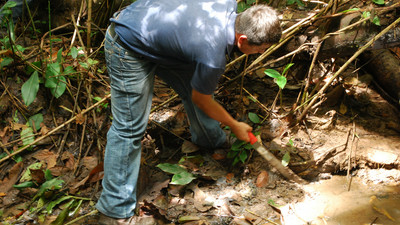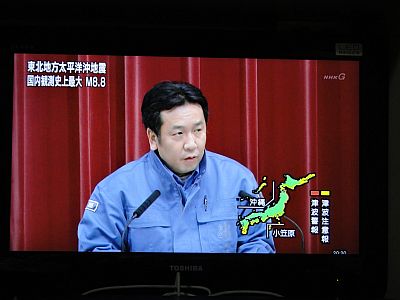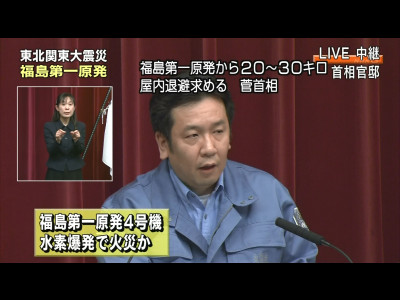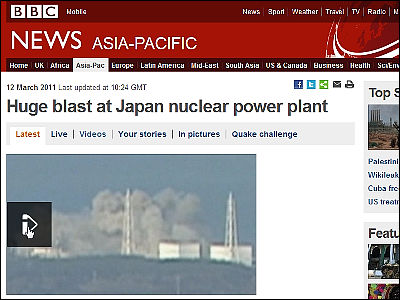Fukushima Prefecture soil pollution is serious, even forced relocation criterion or more values of the Chernobyl nuclear power plant accident

ByNewmy 51
TEPCO's trouble that occurred this MarchFukushima Daiichi nuclear power plantAccording to the contents reported at the study meeting of the Ministry of Education, Culture, Sports, Science and Technology, the contamination concentration exceeding the compulsory migration criterion at the Chernobyl nuclear accident was measured at 34 municipalities in Fukushima Prefecture It was.
Soil contamination, 34 points Chernobyl migration criteria super: Science: YOMIURI ONLINE (Yomiuri Shimbun)
The Ministry of Education, Culture, Sports, Science and Technology measures the contamination status of soil at about 2,200 points. As a result, the concentration of radioactive cesium 137 was the highest in Okuma Town, which was about 15.45 million Becquerel per square meter. After the accident at the Chernobyl nuclear power plant, the concentration of 137 cesium per square meter was 1.48 million Beccrel, so it is said to be more than 10 times. By the way, the contamination concentration at this point in Okuma Town is about 29.46 million Becquerel when combined with Cesium 134.
In addition, Cesium 137 concentration exceeded 3 million Becquerel at 16 different points in Okuma Town, Futaba Town, Namie Town, and Tomioka Town, and when the site exceeds the compulsory migration criterion of the Chernobyl nuclear accident, furthermore Iidate Village, Total of 34 municipalities, including Minami Soma City, total 34 points.
The Soviet government announced that from April 27 to May 6, 1986, the day following the occurrence of the Chernobyl nuclear power plant accident, some residents who lived within 30 km of Chernobyl, refused to leave their place of residence We forced relocation of about 116,000 people, excluding. Also, a hot spot where radioactive substances were detected at high concentrations was found even at a considerably remote place (within a radius of 350 km from the accident site), from where the migration of residents was promoted, and hundreds of thousands migrated in total.
Although 25 years have passed since the Chernobyl nuclear power plant accident, people can not live in this area now, it is transformed into a paradise for animals and plants. Fukushima also seems to have to think about the impact of the accident in units of 10 years and 100 years, as Kan suggested by Prime Minister Kan that "there will be areas where residents' residence becomes difficult for a long time".
Related Posts:
in Note, Posted by logc_nt







